10 Best Cheap Laptops for Kids in 2025: Specs and Prices
As digital learning becomes more integrated into daily education, laptops have become an essential tool for kids. From joining online classes to completing homework and exploring creative projects like coding or animation, a laptop can be a child’s gateway to limitless learning.
In this article, we’ll share 10 best cheap laptops for kids in 2025 that strike the perfect balance between affordability, durability, and performance. Whether your child is in elementary or junior high school, these devices can support their learning journey without breaking your budget.
What to Look for in Cheap Laptops for Kids
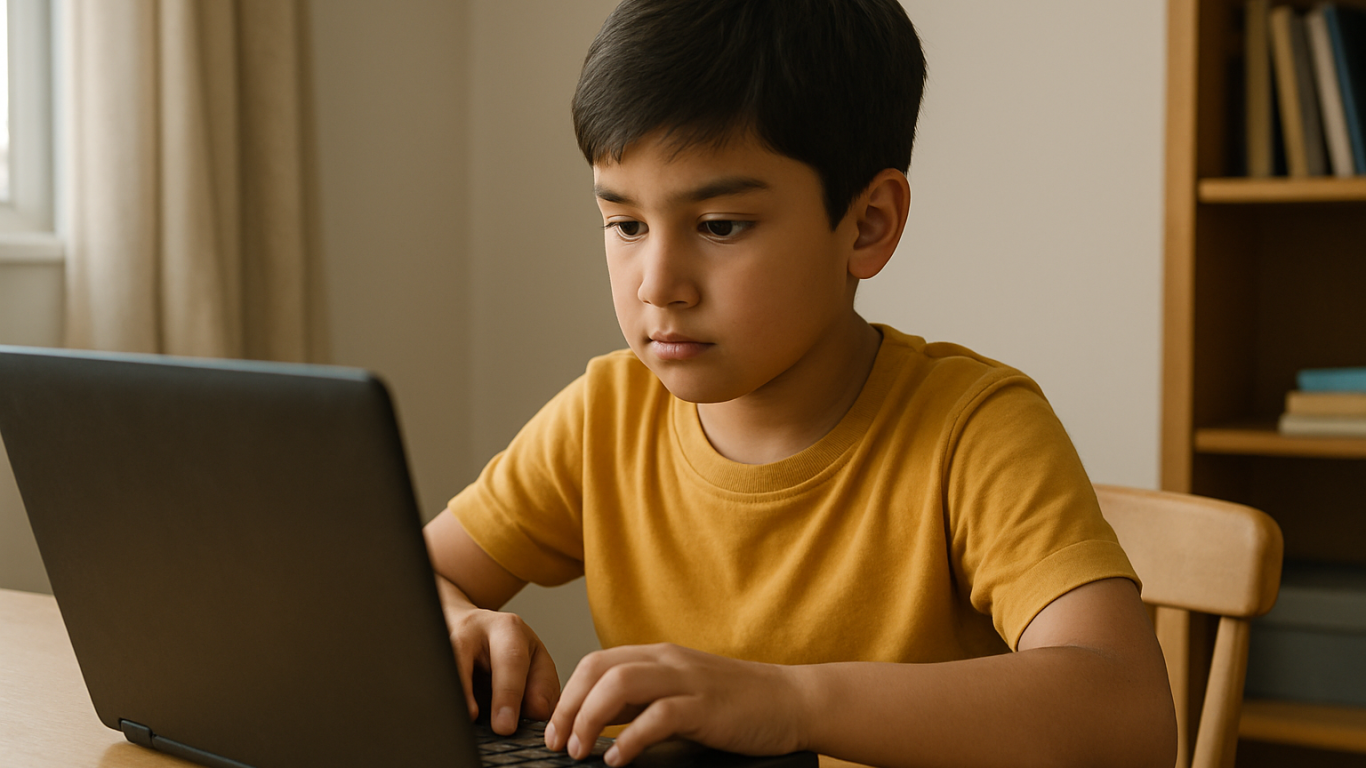
Before buying a laptop for your child, make sure you check the essentials:
1. Budget-friendly price
Look for options ranging from $150 to $400 that still offer smooth performance for daily school needs.
2. RAM and Storage
A minimum of 4 GB RAM and at least 64 GB storage is ideal for online learning, browsing, and video conferencing.
3. Battery Life
Long battery life (6 to 10 hours) ensures your child can use the laptop for long school sessions without constantly needing to recharge.
4. Screen Size and Portability
Laptops with 11 to 14 inch screens are the best for kids, offering a balance between portability and screen real estate for learning.
5. Operating System
Windows 10 or 11 or ChromeOS laptops tend to support the widest range of educational apps and tools.
10 Best Cheap Laptops for Kids in 2025
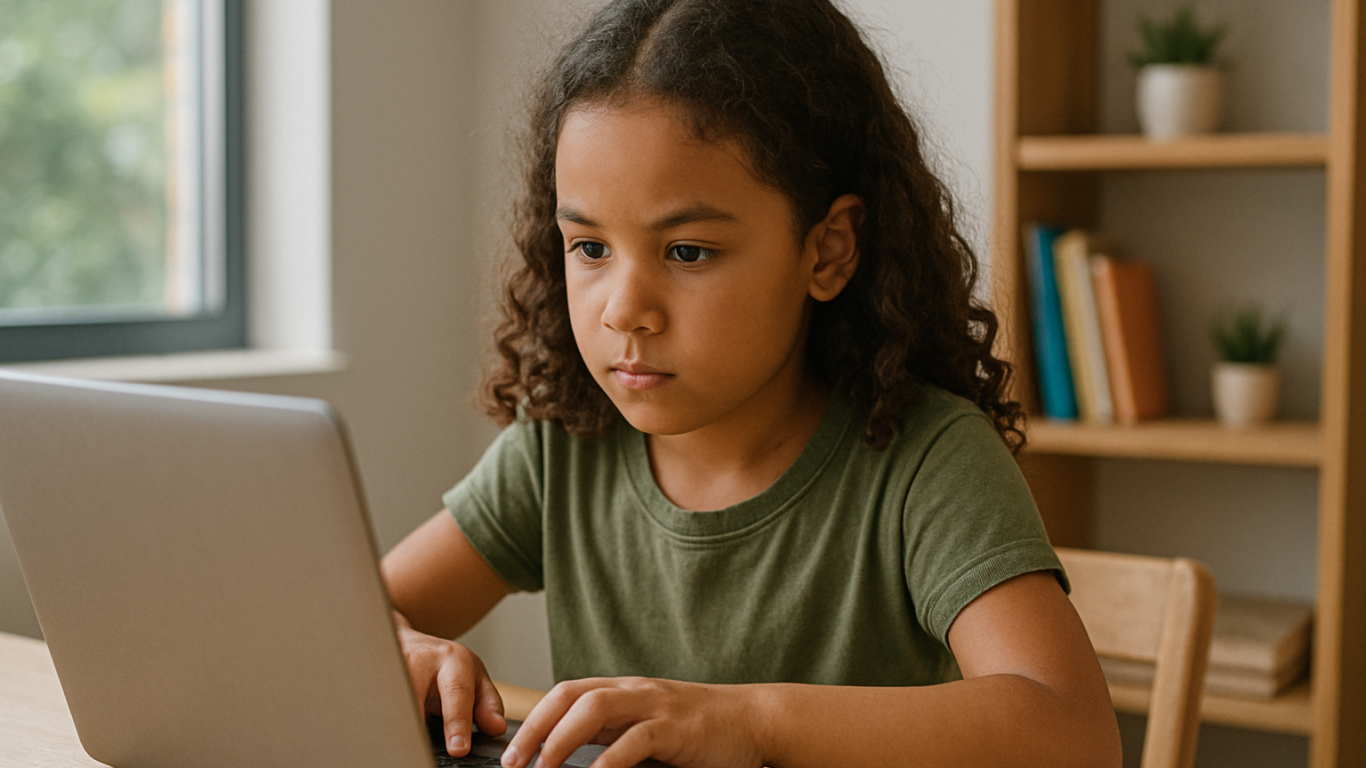
Here are 10 cheap laptops for kids that are recommended based on their specifications and friendly prices as of April 2025:
1. ASUS Chromebook C204
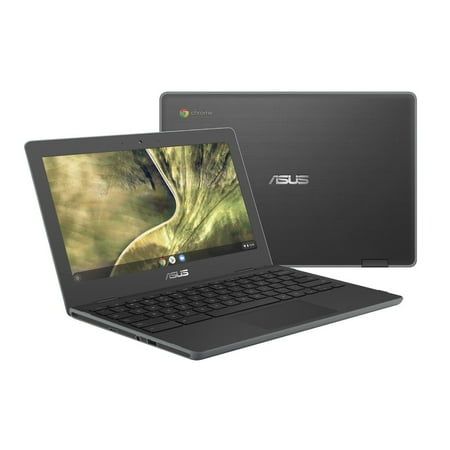
Price: Around $220
Display: 11.6-inch HD
Processor: Intel Celeron N4000
RAM & Storage: 4 GB RAM, 32 GB eMMC
Battery: Up to 10 hours
This laptop is durable and perfect for younger kids who need something that can withstand a little rough handling.
2. Lenovo IdeaPad Slim 1
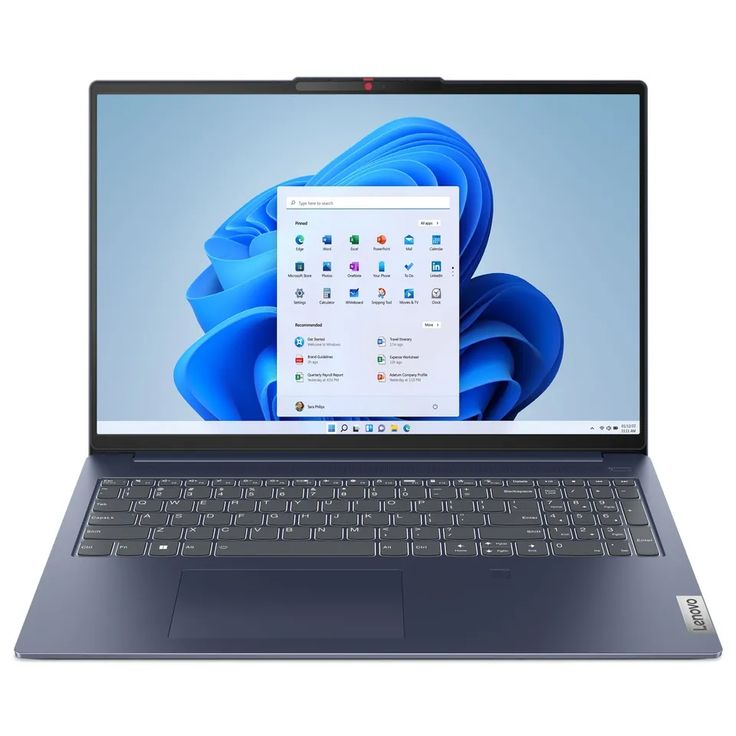
Price: Around $280
Display: 14-inch HD
Processor: AMD 3020e
RAM & Storage: 4 GB RAM, 64 GB eMMC
Battery: Up to 8 hours
An affordable laptop that packs just enough power for everyday school activities.
3. Acer Aspire 3 Slim A314
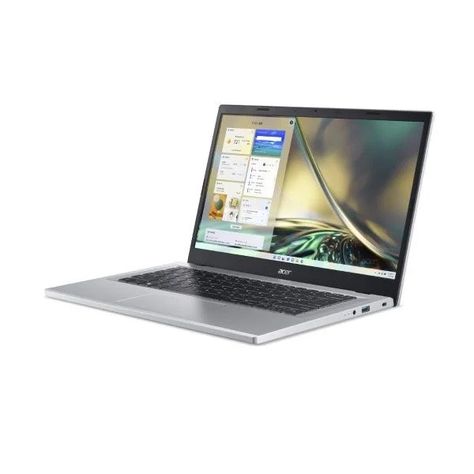
Price: Around $300
Display: 14-inch HD
Processor: Intel Celeron N4500
RAM & Storage: 4 GB RAM, 256 GB SSD
Battery: Up to 9 hours
This budget-friendly model is suitable for kids starting to experiment with design and coding.
4. HP Chromebook 11A G8
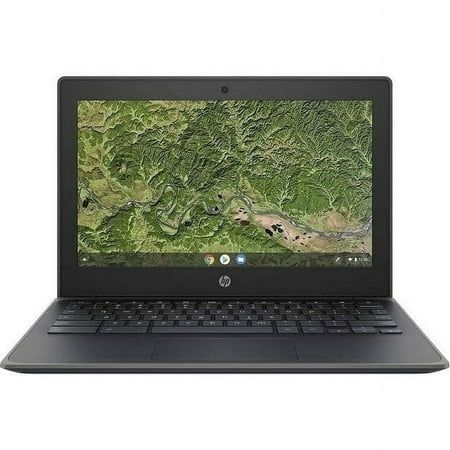
Price: Around $230
Display: 11.6-inch HD
Processor: AMD A4
RAM & Storage: 4 GB RAM, 32 GB eMMC
Battery: Up to 10 hours
Great for younger kids thanks to its simple design and intuitive ChromeOS.
5. Zyrex Sky 232 S2
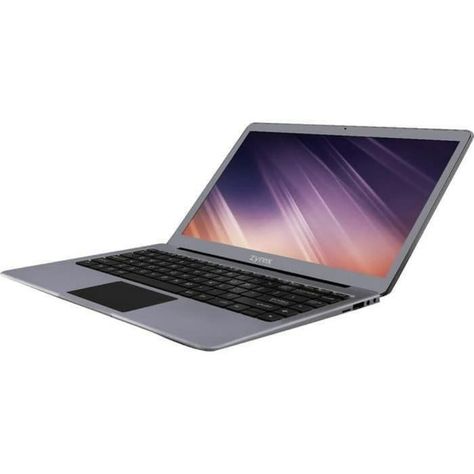
Price: Around $210
Display: 14-inch Full HD
Processor: Intel Celeron N3350
RAM & Storage: 4 GB RAM, 128 GB SSD
Battery: Up to 7 hours
A local option that combines affordability with decent performance for online school activities.
6. Axioo MyBook 14E
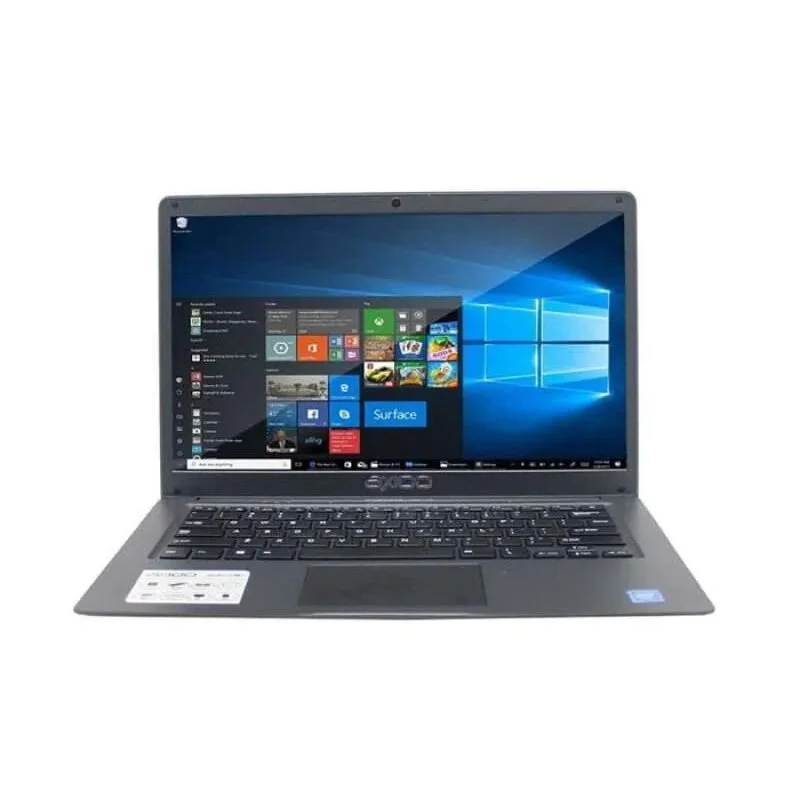
Price: Around $250
Display: 14-inch HD
Processor: Intel Celeron N4020
RAM & Storage: 4 GB RAM, 128 GB SSD
Battery: Up to 8 hours
This lightweight laptop is perfect for active kids who need to take their learning on the go.
7. Samsung Chromebook 4
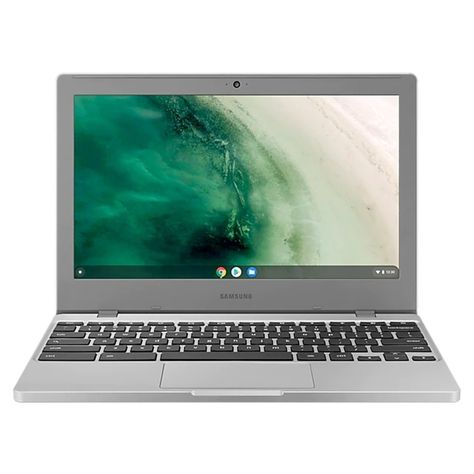
Price: Around $240
Display: 11.6-inch HD
Processor: Intel Celeron N4000
RAM & Storage: 4 GB RAM, 32 GB eMMC
Battery: Up to 12.5 hours
A highly affordable energy-efficient device with an easy-to-use interface.
8. Dell Inspiron 11 3180
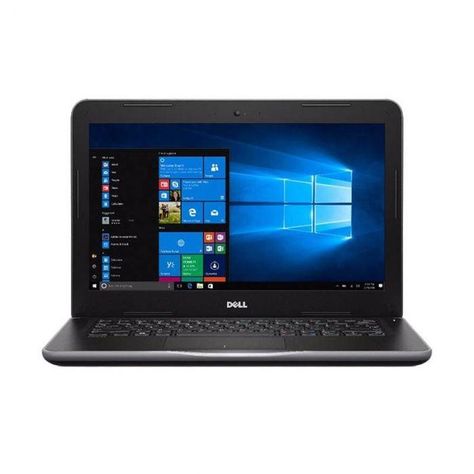
Price: Around $280
Display: 11.6-inch HD
Processor: AMD A9
RAM & Storage: 4 GB RAM, 64 GB eMMC
Battery: Up to 9 hours
Compact and sleek this laptop is perfect for light schoolwork and web browsing.
9. Lenovo Chromebook 3 14
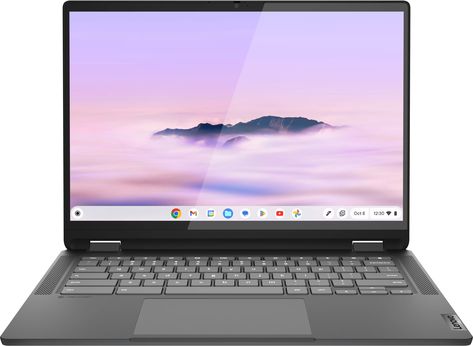
Price: Around $300
Display: 14-inch HD
Processor: MediaTek MT8183
RAM & Storage: 4 GB RAM, 64 GB eMMC
Battery: Up to 10 hours
Perfect for kids using Google Classroom and other school apps.
10. HP Stream 11
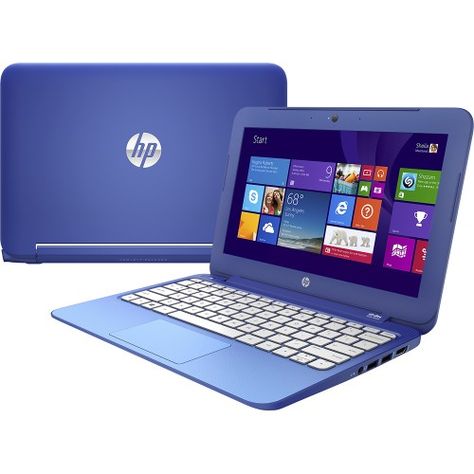
Price: Around $260
Display: 11.6-inch HD
Processor: Intel Celeron N4020
RAM & Storage: 4 GB RAM, 64 GB eMMC
Battery: Up to 10 hours
Affordable portable and designed for basic school tasks and entertainment.
Cheap Laptops For Kids as Kids Learning Journey Support
Giving laptops for kids is not just a financial decision. It’s an investment in their confidence independence and future potential. These cheap laptops for kids and affordable laptops for kids are not just tools. They’re a stepping stone into digital exploration.
But to truly make the most of these tools your child also needs the right guidance. At Timedoor Academy we offer online classes in coding animation game development and more tailored for kids ages 7 to 18.

Ingin tahu detail program?
Let your child explore the tech world with the support of expert mentors and interactive learning methods. Best of all you can try it out first. Sign up now for a free trial class and take the first step toward your child’s digital future.